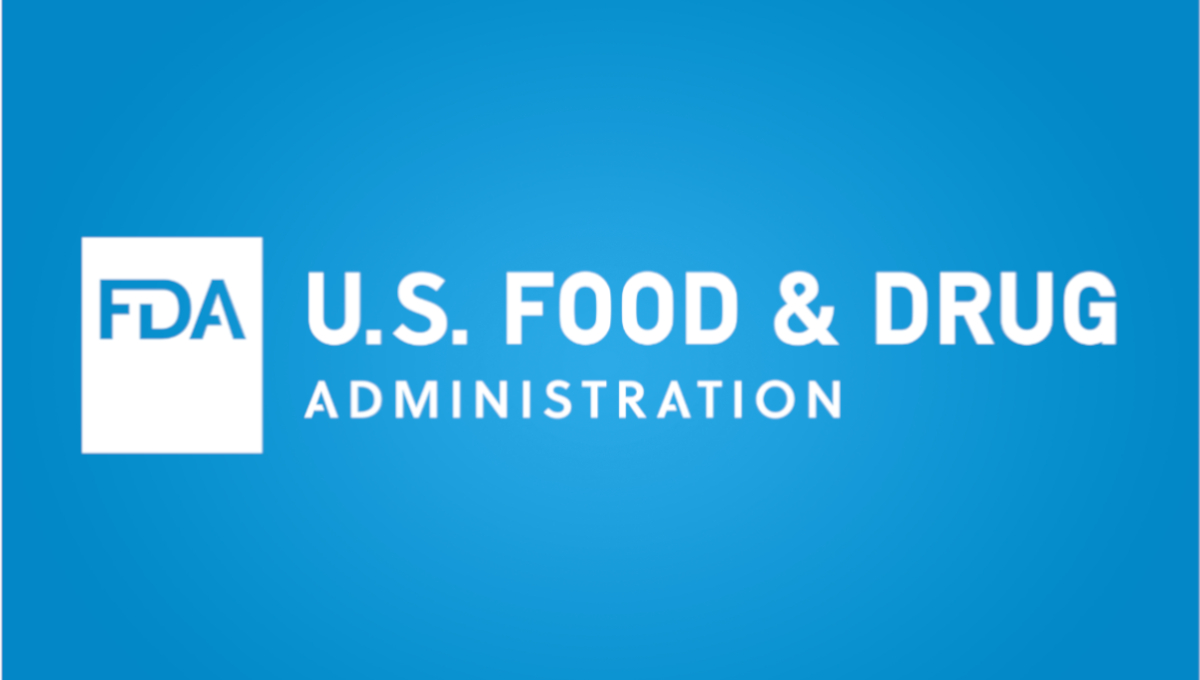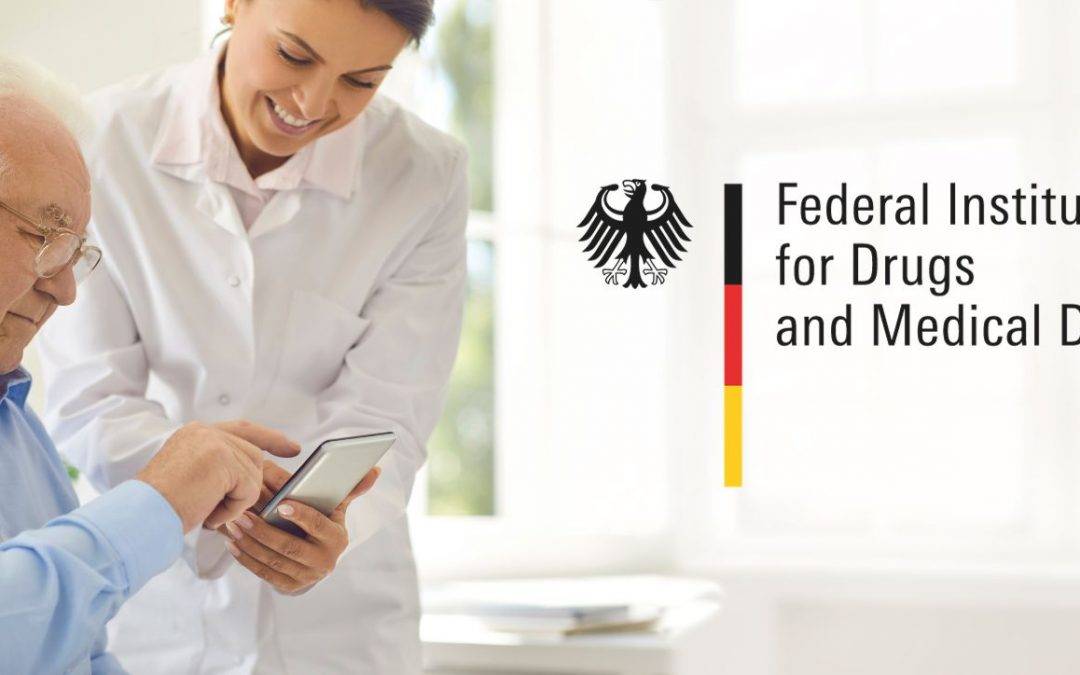The new article addresses the matters related to interoperability for medical software products.

Table of content
The German regulating authority in the sphere of healthcare products (BfArM) has published a guidance document dedicated to the regulatory requirements for digital health applications (DiGA) under the fast-track pathway introduced to facilitate the regulatory procedures associated with placing such products on the market.
The document provides an overview of the applicable regulatory requirements, as well as additional clarifications and recommendations to be taken into consideration by medical device manufacturers (software developers) to ensure compliance to it.
At the same time, provisions of the guidance are non-binding in their legal nature, nor are they intended to introduce new rules or impose new obligations.
The authority also reserves the right to make changes to the provisions of the guidance and recommendations provided therein, should such changes be reasonably necessary to reflect the corresponding amendment to the underlying legislation.
The scope of the guidance covers, inter alia, the aspects related to interoperability in the context of DiGA.
Interoperability: Key Points
According to the guidance, interoperability is the capability of technical systems to collaborate on technical-syntactic, semantic, and organizational levels.
Its importance is growing for statutory health care to ensure efficient and sensible use of digital applications.
Through interoperability, these applications can communicate with each other and with national e-health infrastructure, offering value-added services such as drug interaction checks or visualization of lab values in patient apps.

The Three Dimensions of Interoperability
According to the document, there are three dimensions of interoperability, namely:
- Technical and Syntactic Interoperability: This pertains to data exchange across networks in specific formats, ensuring both senders and receivers identify the same units of information.
- Semantic Interoperability: It ensures that both parties understand the exchanged information and its interconnections uniformly.
- Organizational Interoperability: This encompasses the legal and social frameworks that detail the roles, access, and interaction rights of participants.
Standards, Profiles, and Guidelines in Interoperability
The document further describes the key concepts of interoperability, including:
- Standards: These are specifications on data format and semantics that have been agreed upon by standardizing organizations. They can sometimes be general due to their international applicability.
- Profiles: These are adaptations of standards for specific countries or application areas.
- Guides: These are combinations of profiles for specific use cases. They act as comprehensive instructions for interoperable integration.
Basics of Interoperable E-health in Germany
The guidance also provides an overview of the interoperability background in the country.
As explained by the authority, multiple standards or profiles often exist for similar issues, while some unique issues might not have an established standard within the German healthcare system.
To achieve an interoperable e-health infrastructure in Germany, transparency about existing standards and the development of new profiles is essential. Two main elements are:
- Vesta: An online platform managed by Gematik (the German agency in the sphere of digital medicine) that acts as a central directory for IT standards in the German healthcare system.
It lists known standards, profiles, and guidelines, and offers recommendations in case of competing specifications. - MIOs (Medical Information Objects): These define the interoperable formats of data for the EPA.
The National Association of Statutory Health Insurance Physicians (KBV) is responsible for creating these specifications.
Classifications and Terminologies
As it was mentioned before, it is vitally important to ensure the information transmitted is being interpreted properly. For this purpose, the following applies:
- The classification stands for assigning terms to specific classes.
Examples include ICD-10-GM, which is for coding diagnoses, OPS for operations and procedures, and ATC for pharmacological active ingredients. - Terminologies: These provide codes for clear medical facts.
Examples are SNOMED CT, which encompasses a wide range of medical terms and their relations, and LOINC, used for laboratory medical examinations and clinical observations.
The use of classifications and terminologies ensures that health data is interpretable and analyzable, fostering semantic interoperability for digital health documents
Interoperability Requirements for DiGA
To be listed in the DiGA directory, a DiGA must prove its interoperable design in three areas:
- Human Readability: DiGA should allow insured individuals to view and print therapy-relevant data excerpts in a form that they can use or share with medical professionals.
- Machine Readability: DiGA should enable insured persons to export their data in a machine-readable, interoperable format. From January 1, 2024, DiGAs must facilitate data export to the ePA.
The technical interface for this will be determined by Gematik, with the KBV setting the specifications for semantic and syntactic interoperability. - Interfacing with Medical Devices: If a DiGA receives data from medical devices or wearables used by an insured person, it should also be able to communicate with these devices via an interoperable interface.
Conclusion
In summary, interoperability is a fundamental quality of DiGA, ensuring that digital health applications can seamlessly integrate and offer value-added services in the healthcare ecosystem.
Through standards, profiles, classifications, and terminologies, a framework established promotes uniform data exchange, enhancing the care quality and efficiency of the healthcare system.
How Can RegDesk Help?
RegDesk is a holistic Regulatory Information Management System that provides medical device and pharma companies with regulatory intelligence for over 120 markets worldwide. It can help you prepare and publish global applications, manage standards, run change assessments, and obtain real-time alerts on regulatory changes through a centralized platform. Our clients also have access to our network of over 4000 compliance experts worldwide to obtain verification on critical questions. Global expansion has never been this simple.

